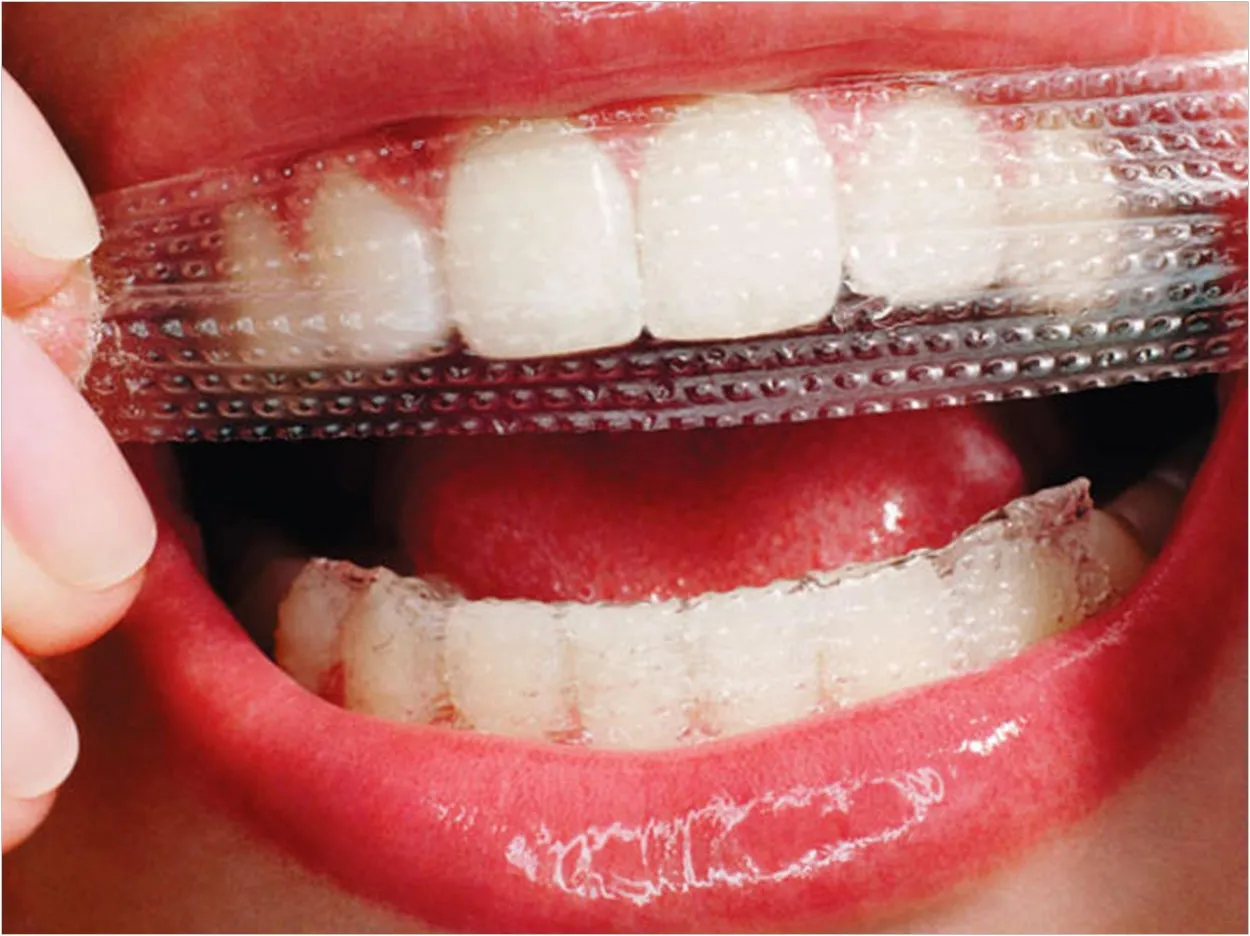Understanding Whitening Strips and Enamel
Achieving a brighter smile is a common goal, and over-the-counter whitening strips have become a popular solution. However, the active ingredients in these strips, primarily hydrogen peroxide, can potentially impact the enamel of your teeth. Enamel, the hard, protective outer layer of your teeth, is crucial for preventing decay and maintaining overall oral health. This article delves into the relationship between whitening strips and enamel, exploring how these products work, the potential risks, and the best ways to protect your teeth while pursuing a whiter smile. Understanding the science behind teeth whitening and the potential consequences is the first step in making informed decisions about your oral care routine. This knowledge empowers you to achieve your cosmetic goals without compromising the health of your teeth.
How Whitening Strips Work
Whitening strips work by using a bleaching agent, most commonly hydrogen peroxide or carbamide peroxide. These chemicals penetrate the enamel and break down the stains and discoloration that have accumulated over time. The peroxide molecules react with the stain molecules, causing them to become colorless. The concentration of the peroxide varies depending on the brand and the strength of the strips. Generally, higher concentrations lead to faster results but also pose a greater risk to enamel. The application process typically involves adhering the strips to the teeth for a specified amount of time, usually ranging from 30 minutes to an hour, once or twice a day, depending on the product’s instructions. This process is repeated for several days or weeks to achieve the desired level of whitening. It’s important to follow the manufacturer’s instructions carefully to minimize any potential negative effects.
The Role of Hydrogen Peroxide
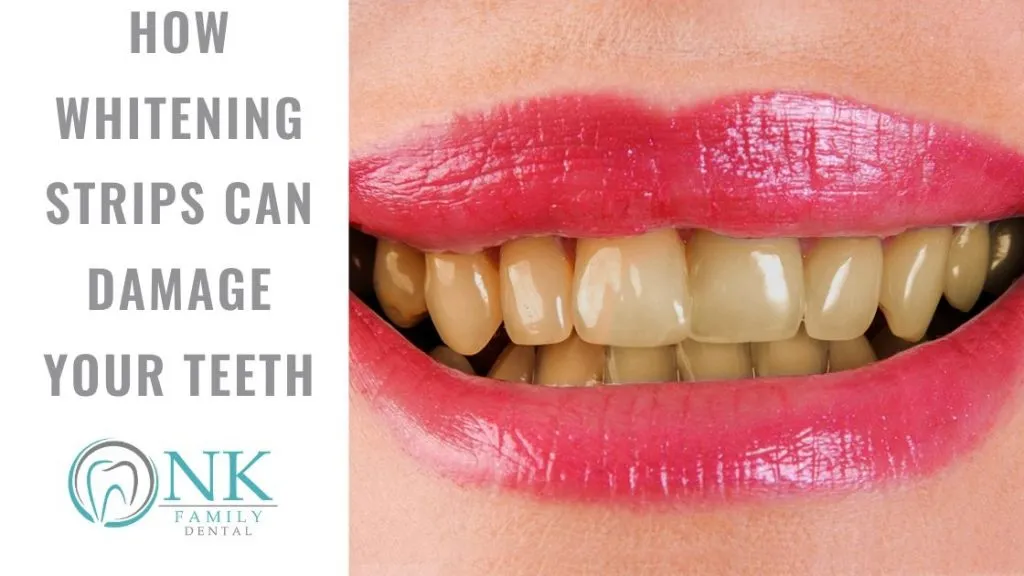
Hydrogen peroxide is the key ingredient in most whitening strips, acting as the bleaching agent. It’s a strong oxidizing agent that breaks down the organic molecules responsible for tooth discoloration. As hydrogen peroxide penetrates the enamel, it releases oxygen molecules, which react with the stain molecules and break them down. The effectiveness of hydrogen peroxide depends on its concentration and the duration of its contact with the teeth. However, the same properties that make it effective also pose potential risks to enamel. Higher concentrations of hydrogen peroxide can lead to increased sensitivity and, in some cases, can weaken or damage the enamel if used improperly or excessively. Therefore, understanding the role of hydrogen peroxide is crucial in making informed decisions about teeth whitening.
The Impact of Whitening Strips on Enamel
While whitening strips can effectively lighten teeth, they can also have adverse effects on enamel. The active ingredients, particularly hydrogen peroxide, can cause temporary or, in some cases, more permanent damage to the enamel structure. This damage can manifest in various ways, including increased tooth sensitivity, which occurs when the enamel becomes more porous and allows stimuli like hot or cold food and drinks to reach the nerves inside the teeth. Overuse or misuse of whitening strips can lead to enamel erosion, making the teeth more susceptible to decay and discoloration. Moreover, the repeated application of bleaching agents can weaken the enamel over time, reducing its protective properties. Therefore, it is important to be aware of the potential risks and to take steps to protect your enamel.
Signs of Enamel Damage
Recognizing the signs of enamel damage is crucial for preventing further harm and seeking timely dental care. One of the most common indicators is increased tooth sensitivity, especially to hot or cold temperatures. This sensitivity arises as the enamel thins, exposing the underlying dentin, which contains nerve endings. Another sign is tooth discoloration, where teeth may appear more translucent or exhibit uneven coloring. This can happen as the enamel wears away, revealing the yellowish dentin beneath. Furthermore, the surface of the teeth may feel rougher or more porous than usual, indicating enamel erosion. In severe cases, you might notice small cracks or chips on the enamel surface. If you experience any of these symptoms, it is crucial to consult with a dentist for an evaluation and to discuss appropriate treatment options to protect your enamel.
Sensitivity and Discomfort
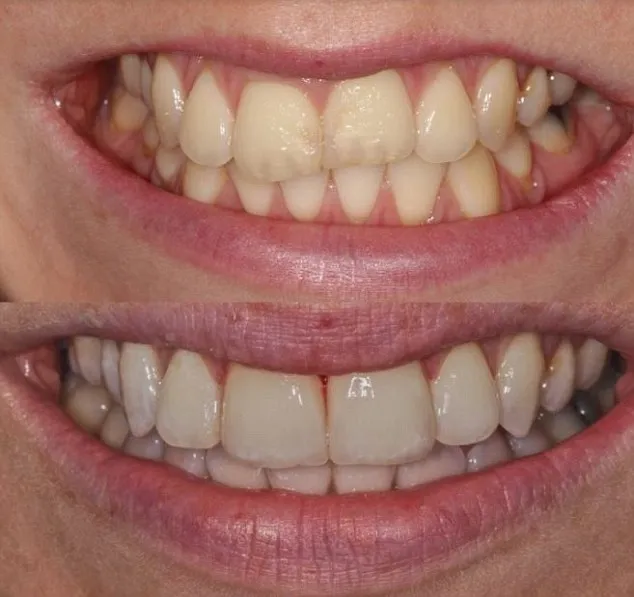
Increased tooth sensitivity is a frequent side effect of using whitening strips. As the enamel becomes more porous due to the bleaching agents, it can lead to heightened sensitivity to hot, cold, sweet, or acidic foods and drinks. This discomfort can range from mild twinges to sharp, persistent pain, affecting your daily activities and quality of life. The intensity of the sensitivity often depends on the concentration of hydrogen peroxide in the strips and the duration of their use. Some individuals may experience this sensitivity only during the whitening process, while others may feel it for several days or weeks afterward. To manage sensitivity, consider using toothpaste designed for sensitive teeth or consulting a dentist for recommendations on desensitizing treatments.
Tooth Discoloration
Tooth discoloration can occur due to various factors, and while whitening strips aim to address this issue, they can also sometimes contribute to uneven or altered tooth coloring. Excessive use of whitening strips or using products with high concentrations of bleaching agents can cause the enamel to become more porous, leading to the absorption of stains from food and beverages. This can result in a mottled appearance or the development of white spots on the teeth. In some instances, the whitening process itself might not be uniform across all teeth, leading to noticeable differences in shade. Understanding the causes of discoloration and the potential effects of whitening treatments is essential for achieving a brighter smile while maintaining healthy enamel. Proper application, following the product instructions, and consulting with a dentist can help minimize the risks of uneven or worsened tooth discoloration.
Receding Gums
Receding gums, where the gum tissue pulls back, exposing more of the tooth and its root, is another potential concern associated with whitening strips. While the strips themselves don’t directly cause gum recession, the irritating chemicals in the whitening agents can exacerbate existing gum issues or contribute to gum inflammation. Aggressive brushing while using whitening strips can also worsen gum recession. Receding gums can lead to increased tooth sensitivity, root decay, and an increased risk of periodontal disease. If you have receding gums or gum sensitivity, it’s crucial to be cautious when using whitening strips and to consult with a dentist to address any underlying issues and ensure your gums remain healthy. They can offer personalized recommendations and treatment options, such as using a soft-bristled toothbrush and avoiding harsh chemicals that might further irritate the gums.
Protecting Your Enamel While Using Whitening Strips

While whitening strips have the potential to impact your enamel, you can take several steps to minimize the risks and protect your teeth. First and foremost, always carefully follow the product instructions. Avoid overuse and adhere to the recommended application duration and frequency. Consider using a toothpaste specifically designed for sensitive teeth, as these products contain ingredients that can help reduce sensitivity. Avoid eating or drinking highly acidic foods and beverages, like citrus fruits or sodas, immediately after using the strips, as they can further weaken the enamel. Regularly brush and floss your teeth to maintain good oral hygiene. Moreover, consider talking to your dentist before starting any whitening treatment; they can assess your oral health and provide personalized advice to ensure a safe and effective whitening experience.
Choosing the Right Whitening Strips
Selecting the right whitening strips is crucial for achieving desired results while minimizing potential harm to your enamel. Always opt for products from reputable brands that have been tested and approved. Read the product labels carefully, paying attention to the concentration of hydrogen peroxide; lower concentrations may be gentler on your enamel. If you have sensitive teeth or gums, consider strips designed for sensitive teeth, as they usually contain lower concentrations of the bleaching agent. Reviewing online reviews can offer valuable insights into other users’ experiences with the product. Consulting with your dentist before making a purchase can help you determine the best options for your specific oral health needs and provide guidance on safe and effective use. This will ensure you are making an informed decision.
Proper Application Techniques
Proper application techniques are critical for reducing the risk of enamel damage and achieving the best results from whitening strips. Before applying the strips, brush your teeth gently to remove any surface debris, but avoid brushing immediately before or after use to minimize irritation. Carefully apply the strips according to the manufacturer’s instructions, ensuring they fully cover the front surface of your teeth. Avoid contact with your gums, as this can lead to irritation and sensitivity. After the recommended time, remove the strips and rinse your mouth with water. Avoid swallowing the whitening solution. Consistency is key, but never exceed the recommended frequency or duration of use. Following these techniques can help you achieve a brighter smile while minimizing potential side effects.
Limiting Application Frequency
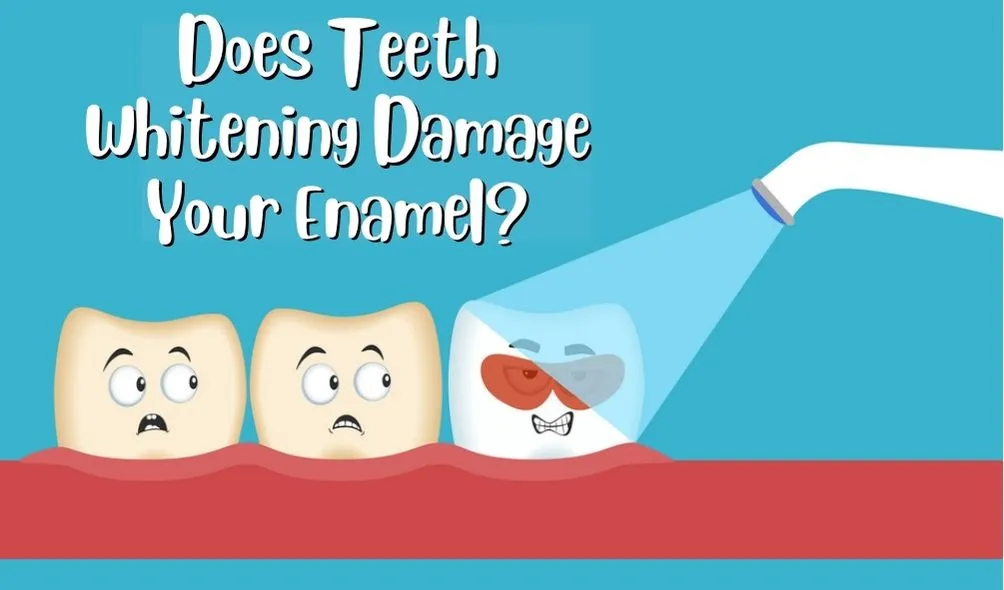
Overuse of whitening strips significantly increases the risk of enamel damage and sensitivity. It’s crucial to follow the product’s instructions carefully and avoid exceeding the recommended frequency of use. Using the strips more often than directed will not necessarily lead to better or faster results, and it may increase the risk of adverse effects. If you notice any signs of enamel damage or sensitivity, such as increased sensitivity to hot or cold, discontinue use and consult your dentist. Consider taking breaks between whitening treatments to allow your enamel to recover. In some cases, a dentist might recommend a less frequent whitening schedule or suggest alternative methods to achieve your desired results while protecting your enamel. Remember, patience is key to achieving a whiter smile without compromising your oral health.
Using Fluoride Products
Fluoride plays a critical role in protecting and strengthening tooth enamel, making it an essential component of your oral care routine, especially when using whitening strips. Fluoride helps to remineralize the enamel, repairing microscopic damage and making it more resistant to acid erosion. Using a fluoride toothpaste and mouthwash can help counteract the potential weakening effects of whitening strips. Consider using a fluoride treatment recommended by your dentist, such as a professional fluoride varnish. Brushing with a fluoride toothpaste twice a day and rinsing with a fluoride mouthwash can significantly enhance your enamel’s resilience. Incorporating fluoride into your routine can help ensure you get the results you want from whitening strips while helping to maintain the health of your teeth.
Consulting with a Dentist
Before starting any teeth whitening treatment, it’s highly recommended to consult your dentist. They can assess your overall oral health, identify any existing issues (like cavities or gum disease), and determine if whitening strips are suitable for you. Your dentist can also recommend the most appropriate whitening products and provide guidance on safe and effective use. They can monitor your teeth for any signs of enamel damage or increased sensitivity during the whitening process. Furthermore, they can offer professional whitening treatments that may be safer and more effective for your particular needs. Regular dental check-ups are an essential part of maintaining oral health. Your dentist can address concerns and offer personalized recommendations to achieve your smile goals while protecting your teeth.
Alternatives to Whitening Strips

If you are concerned about the potential impact of whitening strips on your enamel or if they aren’t delivering the desired results, several alternative teeth whitening options are available. These options range from at-home remedies to professional treatments, each with its own benefits and considerations. You can consider using whitening toothpastes, which contain mild abrasives and whitening agents that can help remove surface stains. Whitening toothpastes are generally less potent than strips and pose a lower risk to enamel. You can explore at-home whitening kits provided by your dentist. These kits include custom-fitted trays and a higher concentration of bleaching agent, typically offering better results than over-the-counter products. For more significant results, you can choose professional teeth whitening treatments administered by your dentist. These treatments are more powerful and can address more severe discoloration. They are also administered under professional supervision, which helps minimize the risk of enamel damage.
Professional Teeth Whitening
Professional teeth whitening, also known as in-office bleaching, is a highly effective method for achieving a dramatically whiter smile in a short amount of time. This procedure is performed by a dentist or a trained dental professional, ensuring safe and controlled application of bleaching agents. The dentist will use a higher concentration of hydrogen peroxide than is typically found in over-the-counter products. To protect your gums, a protective barrier is applied before the bleaching agent is placed on your teeth. The process often involves several cycles of applying the bleaching agent and using a special light or laser to enhance the whitening effect. One of the biggest advantages of professional whitening is the ability to achieve significant results in a single session. Your dentist can also assess your oral health and address any pre-existing conditions that could affect the outcome.
Other At-Home Options
In addition to whitening strips, several other at-home options can help you achieve a brighter smile. Whitening toothpastes contain mild abrasives and bleaching agents that can help remove surface stains, and these are a gentle, everyday option. Another option is using custom-fitted trays from your dentist with a professionally prescribed whitening gel. These trays offer a more personalized and effective approach than generic over-the-counter products. Some dentists also offer take-home whitening kits with higher-strength gels that you can use following their specific instructions. You can also explore natural remedies, such as using baking soda and hydrogen peroxide, but be careful, as excessive use of these can damage your enamel. Always consult your dentist to determine the best and safest option for your teeth and desired results, as your oral health should always be prioritized.
Maintaining Oral Health for a Bright Smile
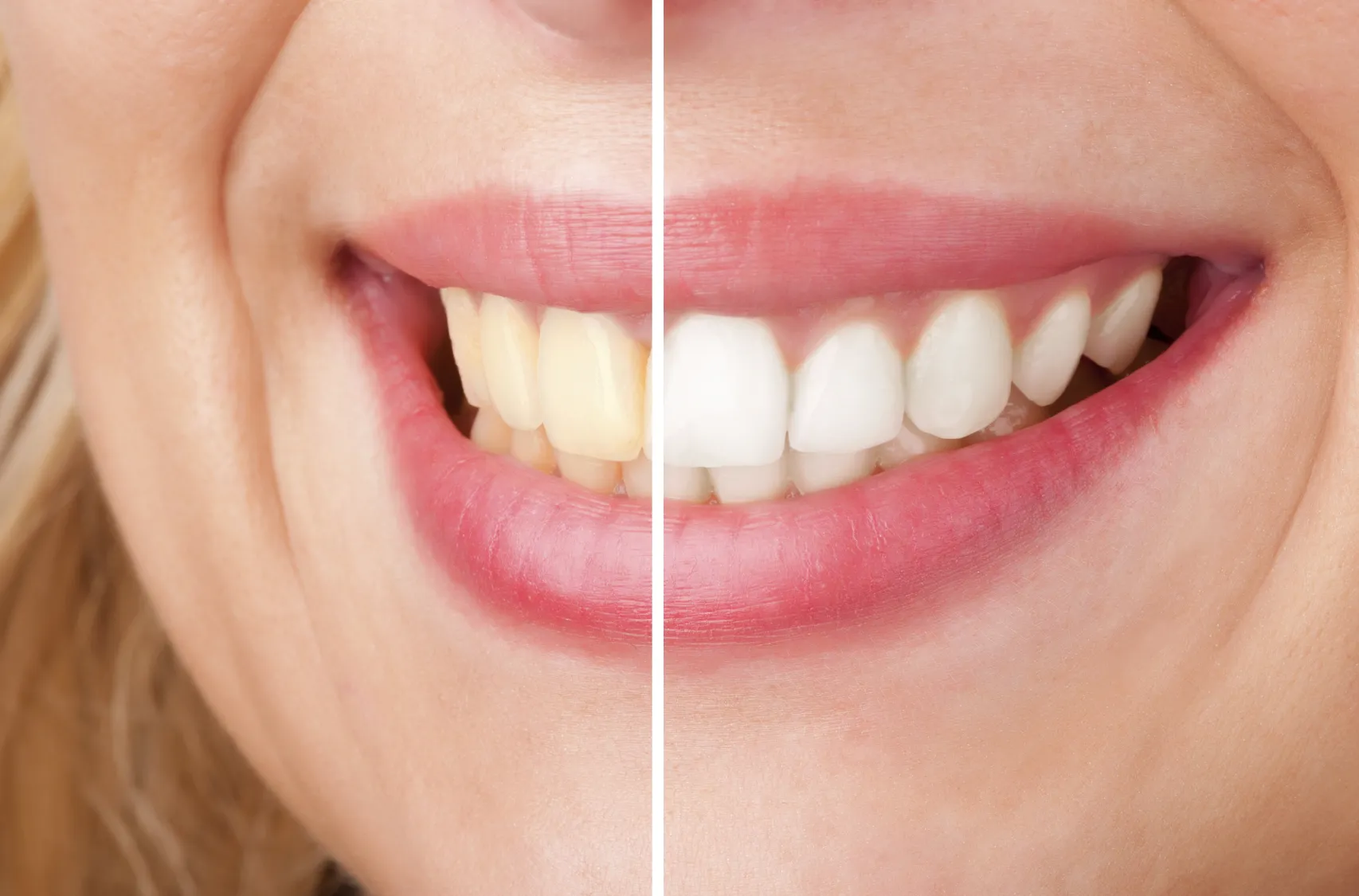
Maintaining good oral health is essential for achieving and preserving a bright smile. Regular brushing and flossing are the cornerstones of any oral hygiene routine. Brush your teeth at least twice a day with a fluoride toothpaste and floss daily to remove plaque and debris. You should also limit your consumption of staining foods and beverages, such as coffee, tea, red wine, and dark-colored berries. If you do consume these, brush your teeth soon afterward to minimize staining. Regular dental check-ups and cleanings are also vital. Your dentist can remove plaque and tartar buildup, identify any potential problems, and provide personalized recommendations for your oral health. Following these practices will help you maintain a healthy and bright smile and protect your enamel from potential damage.
